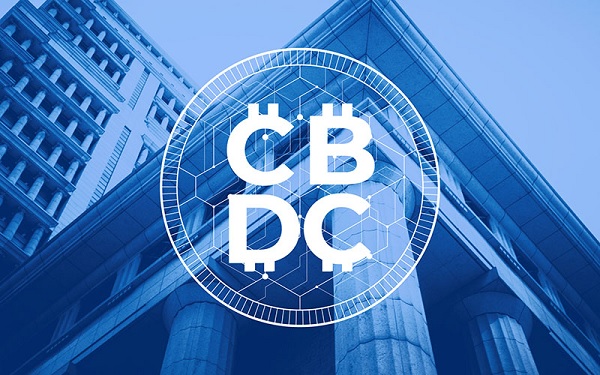
Central Bank Digital Currencies (CBDCs) have emerged as a focal point in discussions surrounding the future of money and payments systems. Essentially, CBDCs are digital representations of a country's fiat currency issued by its central bank. Unlike cryptocurrencies such as Bitcoin or Ethereum, which operate on decentralized networks, CBDCs are centralized and typically run on a permissioned blockchain or distributed ledger technology (DLT) controlled by the central bank.
The primary motivation behind the development of CBDCs is to modernize and digitize the existing monetary system, offering benefits such as increased efficiency, security, and financial inclusion. By leveraging technology, CBDCs have the potential to streamline payment processes, reduce transaction costs, and enhance the transparency and traceability of financial transactions. Moreover, CBDCs could facilitate access to financial services for unbanked and underbanked populations, helping to bridge the digital divide and promote economic inclusion.
Several countries have already initiated pilot programs or research initiatives to explore the feasibility of CBDCs. For example, China has been at the forefront of CBDC development, with the rollout of its Digital Currency Electronic Payment (DCEP) system, also known as the digital yuan. Other countries, including Sweden, the Bahamas, and the Eastern Caribbean Currency Union, are also exploring CBDCs as a means of modernizing their payment systems and reducing reliance on cash.
However, the introduction of CBDCs also raises a host of challenges and considerations. One key concern is the potential impact on financial stability and monetary policy. CBDCs could alter the dynamics of bank deposits and lending, potentially affecting the effectiveness of traditional monetary policy tools such as interest rates. Central banks would need to carefully manage the transition to CBDCs to mitigate any unintended consequences on the broader economy.
Moreover, CBDCs raise important questions about data privacy and security. As digital assets, CBDC transactions could be subject to surveillance and monitoring by the central bank, raising concerns about individual privacy and civil liberties. Additionally, the cybersecurity risks associated with CBDCs, including the potential for hacking and fraud, must be carefully addressed to ensure the integrity and resilience of the financial system.
Furthermore, the international implications of CBDCs are still being explored. Cross-border transactions involving CBDCs could potentially reshape the global financial landscape, affecting the role of traditional intermediaries such as correspondent banks and payment networks. Coordinating regulatory frameworks and interoperability standards for CBDCs across jurisdictions will be essential to facilitate seamless cross-border transactions while addressing concerns related to money laundering, terrorist financing, and other illicit activities.
In conclusion, CBDCs represent a significant innovation in the realm of central banking and monetary policy. While offering promising benefits in terms of efficiency, inclusivity, and financial innovation, the widespread adoption of CBDCs will require careful consideration of the associated risks and challenges. As central banks continue to explore the potential of CBDCs, collaboration with policymakers, regulators, and industry stakeholders will be essential to realize the full potential of this transformative technology.
